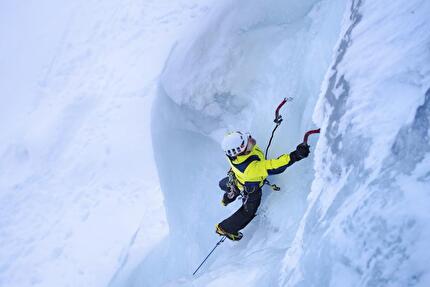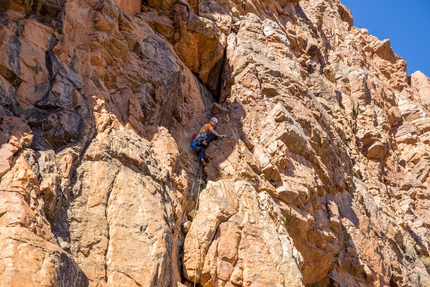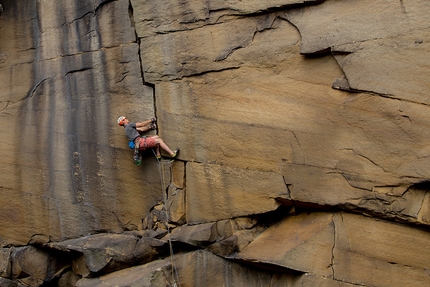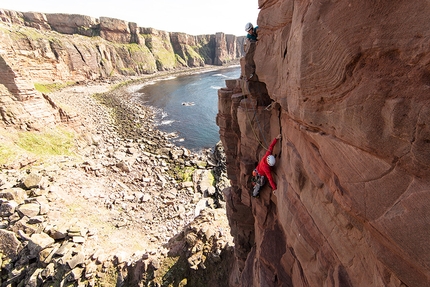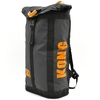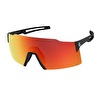Blind climber Jesse Dufton ascends Devil's Tower, USA
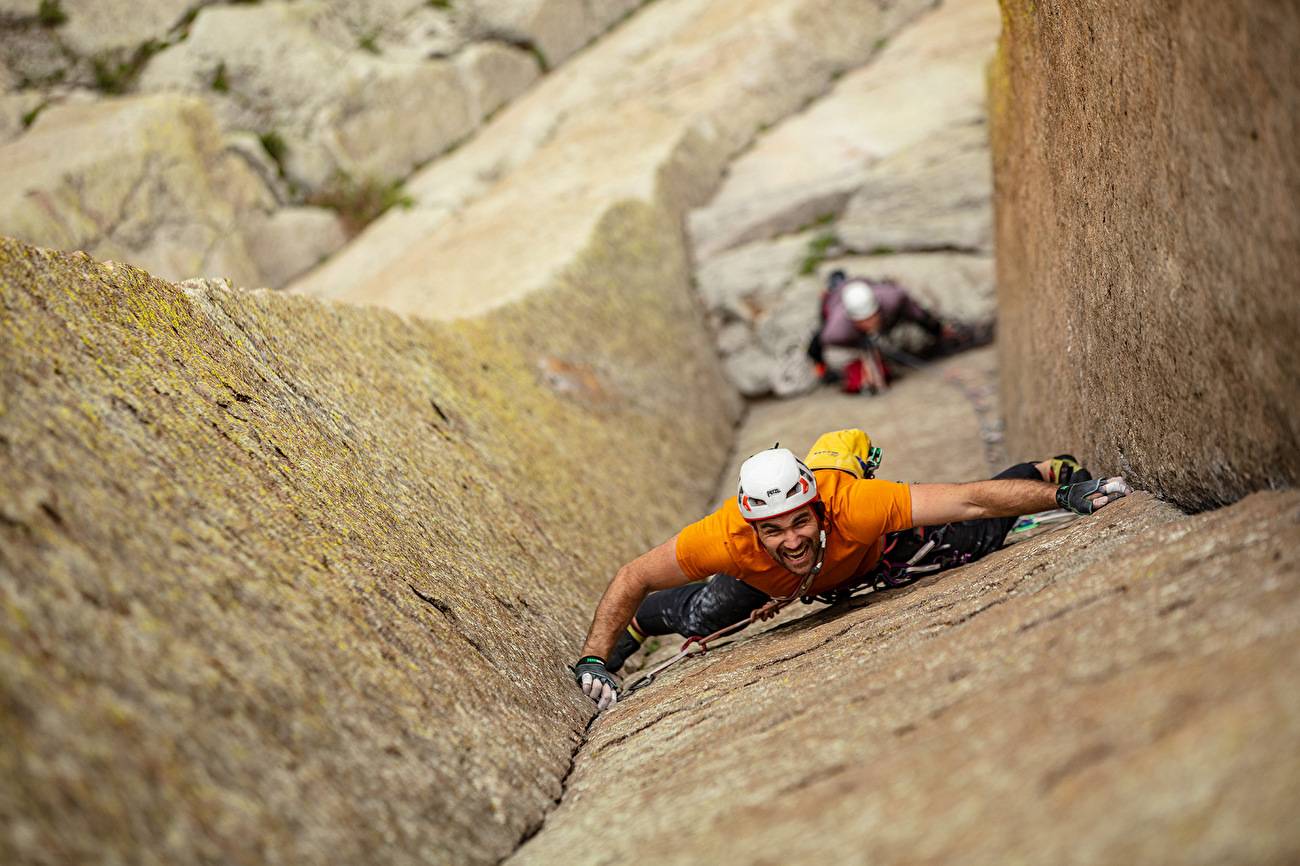
 1 / 14
1 / 14 Brit Rock Films
Brit Rock Films
Five years after becoming the first blind climber to lead a route on the Old Man of Hoy in the Orkney Islands in Scotland, on 15 May 2024 Britain's Jesse Dufton wrote climbing history once again by becoming the first blind climber to lead a route on Devil’s Tower in Wyoming, USA.
Dufton, who has the degenerative disease Retinitis pigmentosa and no longer receives any useful information from his eyes rendering him completely blind, chose to ascend the striking basalt monolith via El Matador, one of the most unique climbs in the entire country. First ascended in 1967 by Fred Beckey and Eric Bjornstad, the 150m line is renowned for being both technical and sustained. The route provides difficulties up to 5.10d and is defined by its second pitch, a never-ending stem which requires full commitment, endurance and a high pain threshold.
Despite not being able to see a single hand or foothold, Dufton slowly worked his way up this classic climb, placing all the gear on lead and, incredibly, taking just one fall in the process. As usual he was supported by his wife Molly, who guided him wherever possible. His feat was described by Zach Lentsch of the local Wyoming Mountain Guides as 'Single handedly the most impressive feat in climbing I’ve witnessed.'
After his ascent Dufton stated "I don't think I have ever had to try as hard on a climb as I did on El Matador. I chose the route to test myself, both physically and mentally, it was significantly harder than anticipated on both fronts and pushed me to my limit." He added "I'm hugely grateful to my wife and climbing partner Molly for supporting and guiding me, on this climb in particular. The partnership is critical in challenges such as climbing the Devil's Tower and my life was literally in her hands throughout."
The extraordinary climb was captured by adventure film maker Alastair Lee and will feature in the forthcoming Brit Rock Film Tour. In the meantime, here are some details from the man himself.
Why this route?
I first heard of Devil's Tower in a talk given by Catherine Destivelle. There is a video of her attempting to rope solo El Matador, but her rope got tangled, so she simply unties and free solos to the top. I didn't fancy soloing it, but I thought the route would be a good one for me to push myself on. The crux pitch is given 5.10d, which would put it at the limit of my current on-sight ability on trad. Critically, I thought the style would be good for me. It's a stem box and because I am quite tall I thought that I would be able to get into a stemming position early. Also, I had heard that it's an endurance route and my endurance is one of the stronger aspects of my climbing. So in short it sounded from the route description like it would suit me.
What else did you know about the climb and was there anything that worried you in the run-up?
I had the route description from a really old secondhand guidebook, that let me know about the stem box pitch, but I also knew that the rock formation was very similar to the rock at Fairhead in Northern Ireland and Kilt Rock on the Isle of Skye. I had climbed at Fairhead and Kilt Rock and got on really well with the rock, indeed Internationale at Kilt rock is one of my hardest non-sights to date. Climbing between the vertical columns is really good for me as it means that I can't accidentally go off-route. It's much more obvious what to do than some highly technical crimpy wall climb might be. The thing that worried me most was that I knew it was going to be at my limit physically. I had also been suffering with a shoulder injury and while it was almost better, I was worried that trying hard would re-injure my shoulder as well as the fact that I hadn’t been able to climb and train properly in the 3 months leading up to the US trip. And the trip was short, so I only had a very narrow window to try and get the route done.
Tell us how things went Jesse
don't think I have ever tried as hard on a climb before, that route is brutal. Also, I hadn't factored in what a sandbag it would be. From talking to the local guides afterwards, I found that while it's given 5.10d it's more like mid 5.11! It's an early Fred Becky route after all. But I wasn’t aware of this when I picked the route.
I got to the base of the stem box and realised that it was narrower than I had expected. I could touch both the sidewalls with my hands at the start. I had imagined that I would only be able to span the box higher up the pitch where the gap narrows. So I set off stemming from the beginning. In hindsight this wasn’t the best approach. I found it really hard on my legs as a result, I had expected to layback the first section and have tired arms before getting into stemming higher up. I reached a reasonable rest about half way up the crux pitch and tried to milk it. Because I can't see any of the holds, I had skipped many of the small edges to stand on in the back wall of the box, so I had expended far more energy than a sighted climber would have needed to. My pulse was pounding and I was panting and exhausted, mouth totally dry. I set off from the rest, and a few moves later disaster struck. I moved my right foot up, my foot slipped unexpectedly and I was off and falling.
I was heart-broken to have blown the on-sight. I then realised that there was a small plant in the righthand crack, because I couldn't see it I didn't know it was there and I’d accidentally put my right foot on it and that is what had caused me to slip. On-sighting is such a cruel game, one small thing like that and it is gone forever. I am still sad to have not done the route in the style I would have liked, but I can't fault my effort level and if you never push yourself then you will never find out where your limit is.
Yes, very true. Was that the hardest bit?
The stem box pitch was out of this world. I was running out of gear near the top, exhausted and really struggled to place and clip some of the final runners. I mistook the folded sling of one of my cams for a slingdraw and while I was flapping I accidentally clipped a cam to the wire I had just placed. Imagine my horror when I realised I couldn't clip the rope and I was near to falling. In a panic I made a second attempt to grab a quickdraw, clipped a second carabiner into the wire aghast to realise that this was also a cam as I’d run out of quickdraws on my right side. So I’ve got 2 cams hanging off this nut I’ve placed and still can’t clip my rope in! An honourable mention should go to pitch 4 as well. Nominally 5.10a, it passes 2 roofs, which I had done quite well, then just before the chains is an awkward baggy finger crack. I gave myself a fright when my jams slipped and I nearly took a ride back down into those roofs and the arete below them. It would have been a nasty fall and I'm glad not to have taken it.
What technique did you use for your nonsight ascent? Could Molly guide you?
For the crux I stemmed almost the whole way up, apparently this is not the easiest or normal beta. There is a mix of finger locks and gastons in the left and right crack respectively, but the part I found hardest is when both cracks seal up. I wound up pushing out with both hands in an iron cross position while shifting both my feet up… my mate reckons the columns are wider apart now, given how hard I was pushing on them.
In terms of guidance, I didn't really get any from Molly on the crux pitch. She couldn't see anything useful, the small edges on the back wall of the stem box are not really visible from below. Well actually, she had used a pair of binoculars to spot the chains at the top of the crux pitch while we were on the ground, so I knew what I was aiming for, but while I was climbing the crux pitch I was just on my own. No beta, just encouragement. On pitch 4 Molly was able to spot some possible footholds and ledges beneath the roof from the belay. This helped a lot.. However once I was around the roof, I was out of Molly's sight, so I had to rely on feel alone.
What about the belays?
Molly and I joke that the Americans go in for "luxury trad" as all the belays were bolted, unlike at home where you need to build your own belay from trad gear. Bolted anchors are great, as long as I can find the bolts. Fortunately on this route, I didn't have any problems finding them, they were all on obvious ledges. Though I do wonder what someone who didn't know I am blind would make of the sight of me climbing to the top of the pitch and then stroking the back wall until finally touching a bolt and then setting up as normal.
And the descent?
Again, the "luxury trad" bolted belays mean that rappelling off is much quicker and easier than it would be without them. No issues with the descent on this one, we just rappelled straight back down the route. Though getting back through the boulder field at the base of the tower wa one of my least favourite things.
How do you rate this ascent compared to others you've done in the past?
It's mixed for me, on one hand I'm devastated to have blown the on-sight. But, on the other I'm really proud of my effort nonetheless. I couldn't have tried any harder I fully committed to the effort, took the ride and got back on after. It can be hard to commit to the runout when you can't see the gear that you're trusting your life to. Especially when that gear has to be placed from strenuous positions, like on this route. It's certainly up there in terms of my most memorable climbing moments eventhough the emotions are more complex than when I've on-sighted routes like the Old Man of Hoy, Forked Lightning Crack or Illusion Dweller etc. I think it's most similar to when I got on Rubicon in Joshua Tree, the mental side was spot on but I just needed a little more luck with the footholds to be in with a chance of the on-sight. The climbing was so unique, I'll never forget this climb.



 Copia link
Copia link

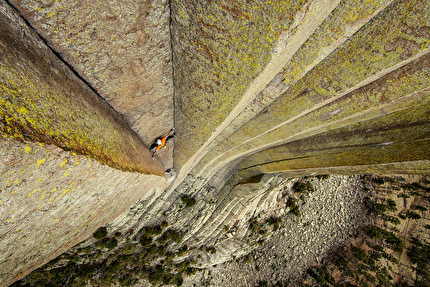
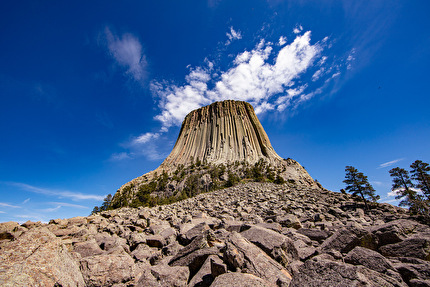
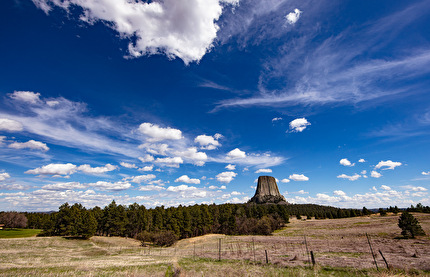
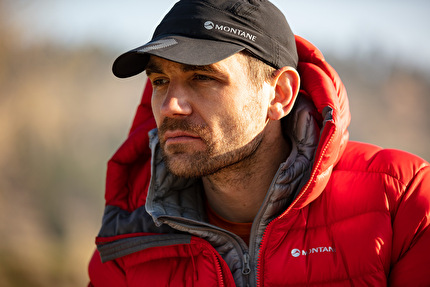
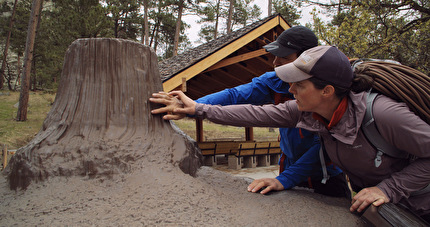
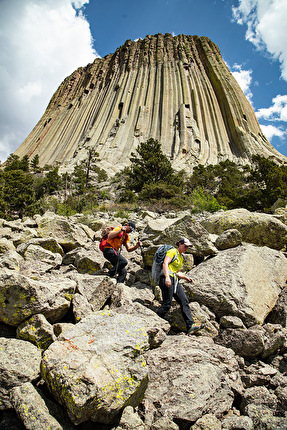
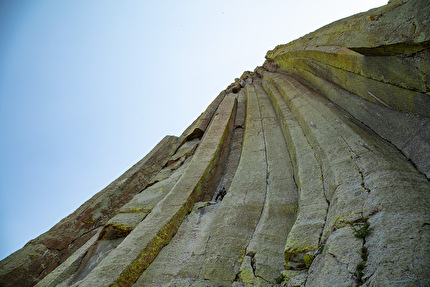
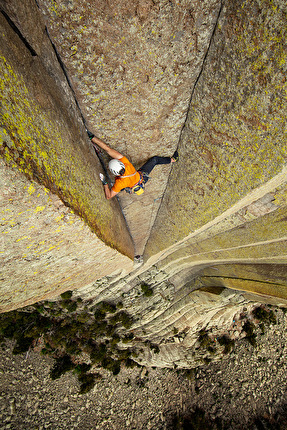
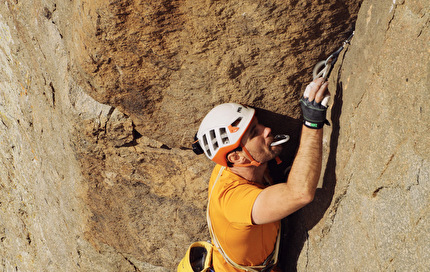
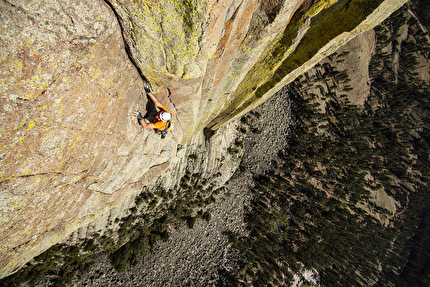
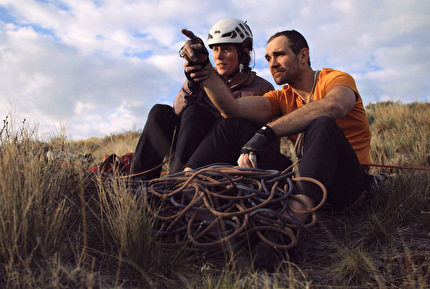
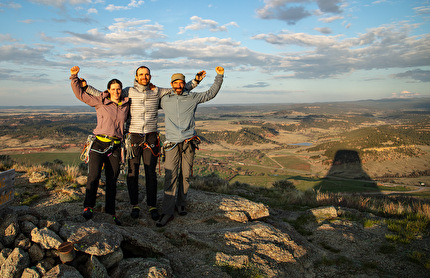
 See all photos
See all photos